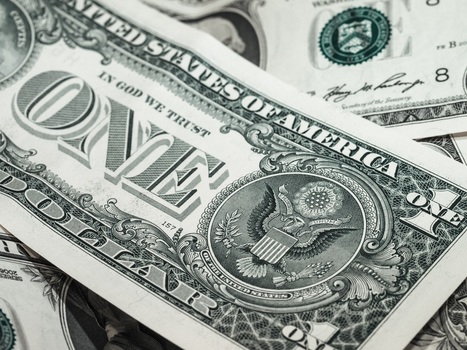
Despite efforts by the Federal Reserve Bank to assure investors and the general public that it will work to maintain low interest rates over the next couple of years, mortgage rates have been rising in tandem with the U.S. 10 and 30-Year treasury yields.
A combination of new COVID-19 vaccines, a number of successive stimulus packages and an imminent economic recovery has investors concerned about an overheating economy, which will result in higher prices/inflation rates.
After seemingly bottoming-out in January 2021, the average 30-year mortgage rate has gone from a low of 2.65 percent to 3.09 percent for the week ending March 18, 2021. This translates to an extra $117 monthly mortgage payment on a $500,000 mortgage (from $2,015 to $2,132 respectively). The difference is amplified for more expensive homes, or if mortgage rates continue to rise.
One of the main reasons cited for the sizzling housing market is low interest rates, which have enabled buyers to better afford monthly mortgage payments on expensive homes. Rising rates will erode housing affordability and may put pressure on existing homeowners and home builders to lower their asking prices.
The Argument for Continued High Prices
While rising mortgage rates may take the steam out of rising home prices, inflation may also help prices of real estate in the medium and long-terms.
Inflation is characterized by rising prices, which outpace wage growth and the return on bank deposits. Therefore, the value of cash depreciates and household purchasing power erodes. As such, households and companies may prefer to buy physical assets (real property, gold, commodities, etc.) to protect the value of their earnings against depreciation. This means real estate can benefit as more people seek real property as a safe haven for their money and to mitigate against inflation.
Either way, it seems the era of historically low interest rates may soon come to an end. If so, expect a fundamental change to the economic patterns we have become accustomed to over the past few decades.